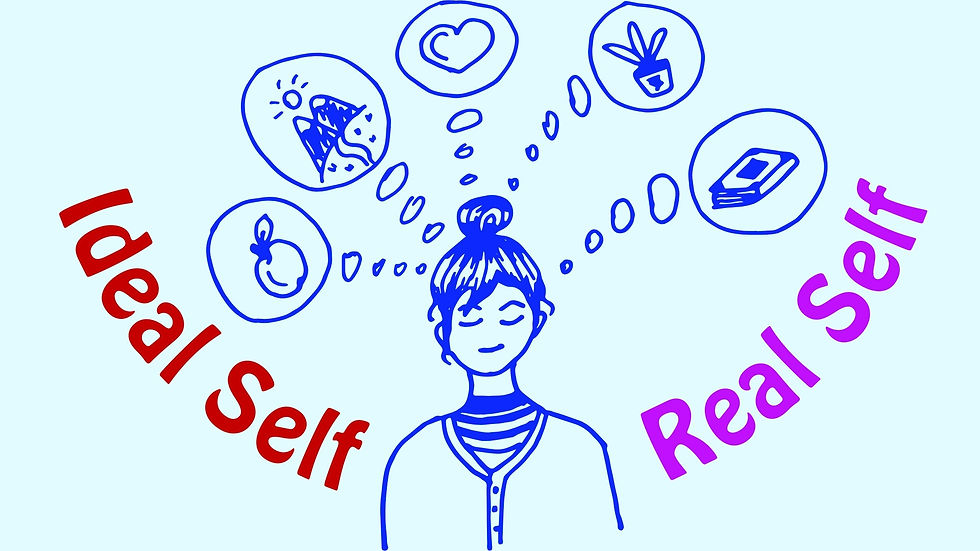How marketers tickle Impulse Purchases?
- Emanuel Eduardo
- Jan 14, 2024
- 2 min read
Updated: Mar 2, 2024

In a world inundated with tempting advertisements, flashy displays, and online shopping platforms, the concept of impulse purchasing has become increasingly prevalent. We've all been there – that spontaneous buy at the checkout counter or the late-night online shopping spree. But what drives these impulsive decisions, and why do we sometimes find ourselves regretting them later? Let's delve into the psychology behind impulse purchases to gain a better understanding of this common consumer behavior.
The Thrill of the Moment
Impulse purchases often stem from the thrill of the moment. Retailers strategically position enticing items near checkout counters, using bright colors and attractive packaging to catch consumers' attention. The limited-time offers, discounts, or promotions only add to the urgency of the decision-making process, making it difficult for individuals to resist the temptation.
Retailers leverage the fear of missing out (FOMO) by presenting products as must-have items, creating a sense of urgency and excitement. The psychological need for immediate gratification can overpower rational thinking, leading to impulsive buying decisions.
Emotional Triggers
Emotions play a significant role in driving impulsive purchases. Marketing campaigns are designed to tap into consumers' feelings, creating an emotional connection with a product. Advertisements often focus on the positive emotions associated with owning a particular item, be it happiness, success, or confidence.
Emotional triggers can be powerful, influencing consumers to make purchases based on how they want to feel rather than their actual needs. Recognizing these emotional cues can help individuals become more aware of their impulses and make more informed decisions.
The Influence of Social Media
In the age of social media, the impact of influencers and peer recommendations cannot be overstated. The constant stream of product endorsements and reviews on platforms like Instagram and YouTube can easily sway consumers to make unplanned purchases.
Social media platforms create an environment where consumers feel connected to trends and lifestyles, fostering a desire to be part of the latest fad. The fear of being left behind or not keeping up with the crowd can lead to impulsive buying decisions driven by the need for social validation.
Post-Purchase Regret
While the thrill of impulse purchases is immediate, the aftermath often brings a wave of regret. Buyers may realize that the item they purchased impulsively doesn't align with their actual needs or values. This post-purchase dissonance can lead to feelings of guilt and frustration.
To curb post-purchase regret, it's essential for consumers to develop mindfulness in their buying habits. Taking a moment to pause and reflect on the necessity and long-term value of a product can help prevent impulsive decisions and promote more thoughtful consumption.
Conclusion
Impulse purchases are a common aspect of consumer behavior, fueled by a combination of marketing strategies, emotional triggers, and societal influences. Understanding the psychology behind impulse buying can empower individuals to make more conscious choices and resist the allure of spontaneous purchases. By being aware of the factors that drive impulsive decisions, consumers can navigate the shopping landscape with a clearer mindset, making purchases that align with their true needs and values.



Comments